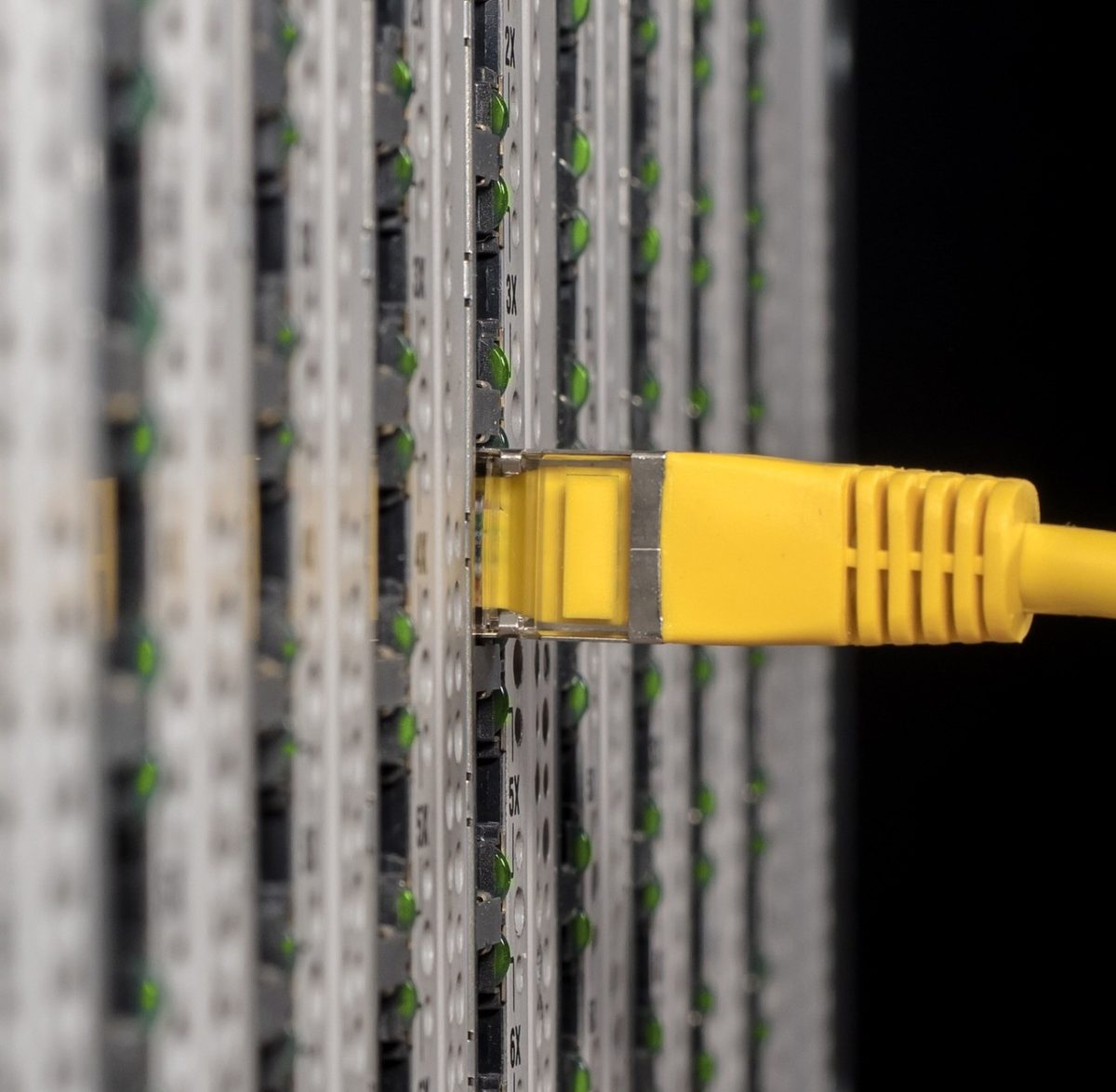

- #Raspberry pi ftp server how to#
- #Raspberry pi ftp server install#
- #Raspberry pi ftp server update#
- #Raspberry pi ftp server Pc#
Save the file and exit nano, then restart the deamon. This will disable anonymous users, allow local users to log in and enable the writing of files. To # Allow anonymous FTP? (Beware - allowed by default if you comment this out). # Uncomment this to enable any form of FTP write command. # Uncomment this to allow local users to log in. Look through the file and change # Allow anonymous FTP? (Beware - allowed by default if you comment this out). When it finishes you will have a running ftp server.
#Raspberry pi ftp server update#
OK so now that you are aware you will have to take extra security measures to secure your network if you set up ftp, lets get on with it! sudo apt-get update Having said that, ftp on the Pi is much faster due to the lack of encryption and sometimes you just have to fall back to the lowest common denominator, in my case that’s an IP camera made by Foscam that only supports ftp. You are better off using sftp is almost all cases, ssh is installed on the Pi by default. You can now reboot the operating system and test the connection in a FTP program, such as FileZilla.Ftp is pretty insecure, credentials are sent in cleartext and data is sent unencrypted. Reload the proFTPd service to pick-up the changes made in the configuration file: sudo service proftpd reload

This is 60 seconds.Īnd uncomment DefaultRoot so users are ‘jailed’ to their home directories, they will still be able to access files on the USB HDD because of the ‘binded’ folder we created. Now edit the proFTPd configuration file: sudo nano /etc/proftpd/nfĬhange the TimeoutIdle value to 60.

#Raspberry pi ftp server install#
Install proFTPd: sudo apt install proftpd Now change the ownership of this folder to the ‘ftp-user’ user: sudo chown ftp-user:ftp-user /home/ftp-user/usb-hdd-storage Edit the ‘fstab’ file so this bind is permanent: sudo nano /etc/fstabĪdd this line to the bottom of the file, it should be below the line which was added in the previous step: /usb-hdd-storage /home/ftp-user/usb-hdd-storage none bind 0 0
#Raspberry pi ftp server how to#
Perform a bind to where the USB HDD is mounted. Recent Posts YouTube on Amazon Fire Tablet: How to Download and Install How to Setup and Watch IPTV on VLC Media Player What is iFlix All You Need To Know. Note: If you need to unmount the drive, run: sudo umount /usb-hdd-storageĬreate a folder in the ‘ftp-user’ home directory, this will be used in the next step to ‘bind’ to the folder we created in /root/usb-hdd-storage: sudo mkdir /home/ftp-user/usb-hdd-storage of files between your Mac and your Raspberry Pi, youll need to set up an FTP connection. To make the USB HDD mount permanently, edit the ‘fstab’ file: sudo nano /etc/fstabĪdd this line to the bottom of the file: /dev/sdaX /usb-hdd-storage ntfs defaults 0 0 vsftpd is a faste and secure FTP server for UNIX-like systems.

You’ll also have to set permissions to ensure the drive can be accessed properly: sudo chmod 775 /usb-hdd-storage This can be found from the ‘blkid’ command. You may need to replace X with your drive ID.
#Raspberry pi ftp server Pc#
Now we know where our drive is, we need to mount it to the /usb-hdd-storage folder we created previously: sudo mount /dev/sdaX /usb-hdd-storage You can quickly transfer files back and forth from your PC to your Raspberry Pi using File Transfer Protocol (or FTP). This should output the USB HDD’s label, keep a note of this.Ĭheck the boot name of the USB HDD’s partition: sudo fdisk -l Firstly check to see the partitions available on the USB HDD drive: sudo blkid Mount the USB HDD to this folder, this assumes your USB HDD is formatted as NTFS. This is where the USB HDD will be permanently mounted. The default Raspberry Pi pi user should be okay.Ĭreate a new user, used only for FTP connections: sudo adduser ftp-userĬreate a folder in /root. Login to SSH with root or a user which has sudo permissions. Note: FTP is not a secure protocol, I would recommend using SFTP for production environments. The instructions should work correctly in Debian and Raspbian too – in fact, you will probably have luck using these instructions on any Linux operating system, Raspberry Pi or not. For this setup, i’m using Ubuntu 16.04 running on a Raspberry Pi 3.


 0 kommentar(er)
0 kommentar(er)
